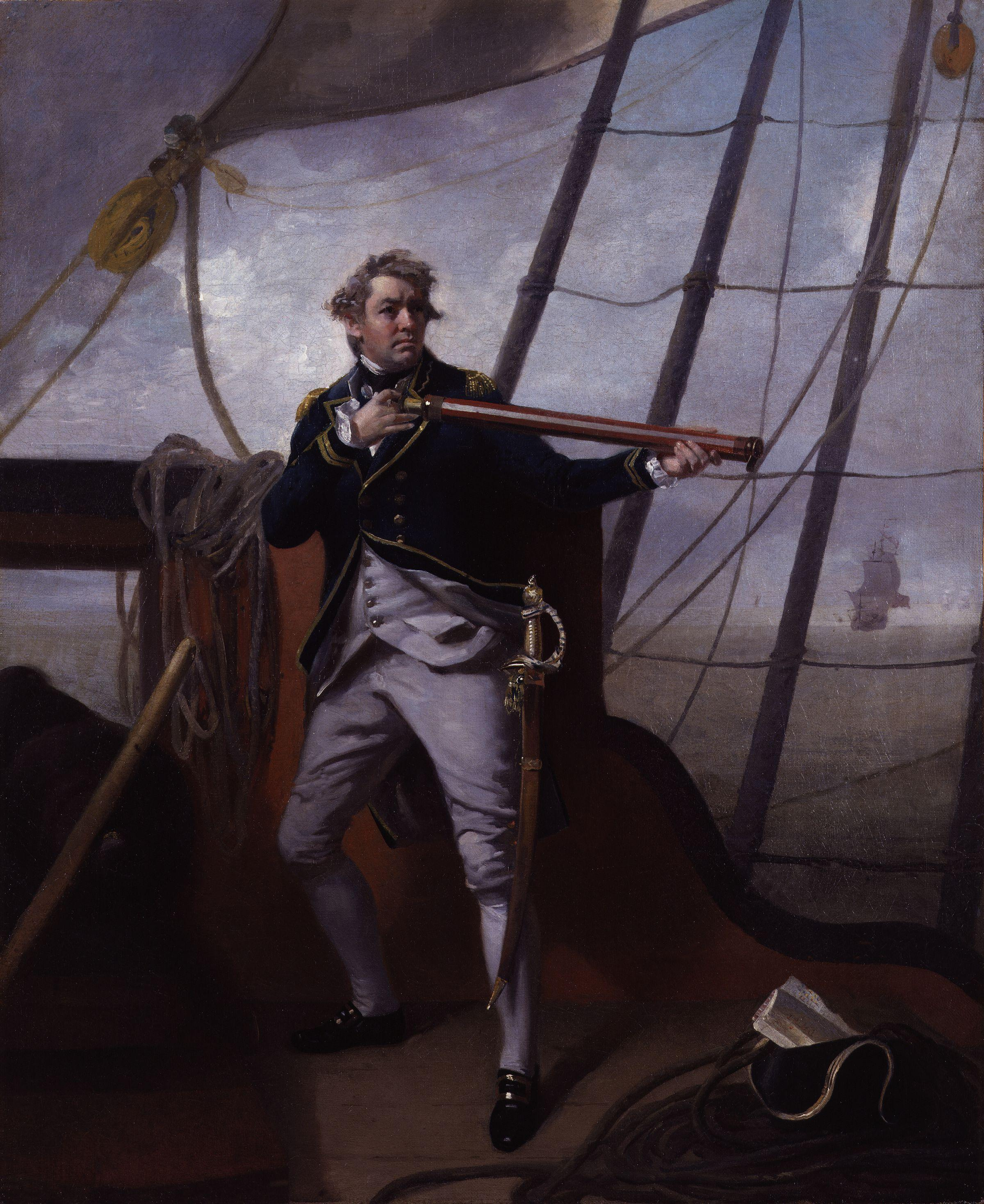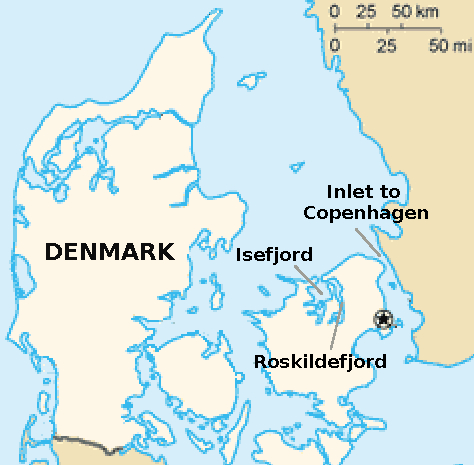|
HMS Glatton
Four ships of the British Royal Navy have been named HMS ''Glatton''. * The first was a 56-gun fourth rate, originally an East Indiaman purchased in 1795 and converted. Participated in the 1797 Battle of Camperdown, and the 1801 Battle of Copenhagen. Converted to a water depot in 1814 and sunk as a breakwater in 1830. * The second was an launched in 1855 and broken up in 1864. * The third was a turret ship launched in 1871 and sold 1903. * The fourth was a coast defence ship Coastal defence ships (sometimes called coastal battleships or coast defence ships) were warships built for the purpose of coastal defence, mostly during the period from 1860 to 1920. They were small, often cruiser-sized warships that sacrif ..., originally the Norwegian ''Bjørgvin'', purchased in 1915 and accidentally blown up in September 1918. References * {{DEFAULTSORT:Glatton, Hms Royal Navy ship names ... [...More Info...] [...Related Items...] OR: [Wikipedia] [Google] [Baidu] |
Royal Navy
The Royal Navy (RN) is the United Kingdom's naval warfare force. Although warships were used by English and Scottish kings from the early medieval period, the first major maritime engagements were fought in the Hundred Years' War against France. The modern Royal Navy traces its origins to the early 16th century; the oldest of the UK's armed services, it is consequently known as the Senior Service. From the middle decades of the 17th century, and through the 18th century, the Royal Navy vied with the Dutch Navy and later with the French Navy for maritime supremacy. From the mid 18th century, it was the world's most powerful navy until the Second World War. The Royal Navy played a key part in establishing and defending the British Empire, and four Imperial fortress colonies and a string of imperial bases and coaling stations secured the Royal Navy's ability to assert naval superiority globally. Owing to this historical prominence, it is common, even among non-Britons, to ref ... [...More Info...] [...Related Items...] OR: [Wikipedia] [Google] [Baidu] |
Fourth Rate
In 1603 all English warships with a compliment of fewer than 160 men were known as 'small ships'. In 1625/26 to establish pay rates for officers a six tier naval ship rating system was introduced.Winfield 2009 These small ships were divided into three tiers, Fourth, Fifth and Sixth rates. Up to the end of the 17th century the number of guns and the compliment size was adjusted until the rating system was actually clarified. A 'Fourth Rate' was nominally a ship of over thirty guns with a complement of 140 men. In the rating system of the Royal Navy used to categorize sailing warships in the 18th century, a fourth-rate was a ship of the line with 46 to 60 guns mounted. They were phased out of ship of the line service during the French Revolutionary and Napoleonic Wars, as their usefulness was declining; though they were still in service, especially on distant stations such as the East Indies. ''Fourth-rates'' took many forms, initially as small two decked warships, later as larg ... [...More Info...] [...Related Items...] OR: [Wikipedia] [Google] [Baidu] |
East Indiaman
East Indiaman was a general name for any sailing ship operating under charter or licence to any of the East India trading companies of the major European trading powers of the 17th through the 19th centuries. The term is used to refer to vessels belonging to the Austrian, Danish, Dutch, English, French, Portuguese, or Swedish companies. Some of the East Indiamen chartered by the British East India Company were known as "tea clippers". In Britain, the East India Company held a monopoly granted to it by Queen Elizabeth I of England in 1600 for all English trade between the Cape of Good Hope and Cape Horn. This grant was progressively restricted during the late 18th and early 19th centuries, until the monopoly was lost in 1834. English (later British) East Indiamen usually ran between England, the Cape of Good Hope and India, where their primary destinations were the ports of Bombay, Madras and Calcutta. The Indiamen often continued on to China before returning to England via t ... [...More Info...] [...Related Items...] OR: [Wikipedia] [Google] [Baidu] |
Battle Of Camperdown
The Battle of Camperdown (known in Dutch as the ''Zeeslag bij Kamperduin'') was a major naval action fought on 11 October 1797, between the British North Sea Fleet under Admiral Adam Duncan and a Batavian Navy (Dutch) fleet under Vice-Admiral Jan de Winter. The battle was the most significant action between British and Dutch forces during the French Revolutionary Wars and resulted in a complete victory for the British, who captured eleven Dutch ships without losing any of their own. In 1795, the Dutch Republic had been overrun by the army of the French Republic and had been reorganised into the Batavian Republic, a French client state. In early 1797, after the French Atlantic Fleet had suffered heavy losses in a disastrous winter campaign, the Dutch fleet was ordered to reinforce the French at Brest. The rendezvous never occurred; the continental allies failed to capitalise on the Spithead and Nore mutinies that paralysed the British Channel forces and North Sea fleets during th ... [...More Info...] [...Related Items...] OR: [Wikipedia] [Google] [Baidu] |
Battle Of Copenhagen (1801)
The Battle of Copenhagen of 1801 (Danish: ''Slaget på Reden''), also known as the First Battle of Copenhagen to distinguish it from the Second Battle of Copenhagen in 1807, was a naval battle in which a British fleet fought and defeated a smaller force of the Dano-Norwegian Navy anchored near Copenhagen on 2 April 1801. The battle came about over British fears that the powerful Danish fleet would ally with France, and a breakdown in diplomatic communications on both sides. As the British ships entered the harbour of the Danish fleet, several of its ships stationed in the city's inlet forming a blockade. The Danish fleet defended the capital with these ships and bastions on both sides of the harbour inlet. It was the second attempt by the British to try to prevent a Franco-Danish alliance, as the British had already entered Øresund with a fleet in August 1800, in order to persuade Denmark not to ally with France. The Danes agreed to the British terms upon hearing news of the ... [...More Info...] [...Related Items...] OR: [Wikipedia] [Google] [Baidu] |
Water Depot
Water (chemical formula ) is an inorganic, transparent, tasteless, odorless, and nearly colorless chemical substance, which is the main constituent of Earth's hydrosphere and the fluids of all known living organisms (in which it acts as a solvent). It is vital for all known forms of life, despite not providing food, energy or organic micronutrients. Its chemical formula, H2O, indicates that each of its molecules contains one oxygen and two hydrogen atoms, connected by covalent bonds. The hydrogen atoms are attached to the oxygen atom at an angle of 104.45°. "Water" is also the name of the liquid state of H2O at standard temperature and pressure. A number of natural states of water exist. It forms precipitation in the form of rain and aerosols in the form of fog. Clouds consist of suspended droplets of water and ice, its solid state. When finely divided, crystalline ice may precipitate in the form of snow. The gaseous state of water is steam or water vapor. Water covers a ... [...More Info...] [...Related Items...] OR: [Wikipedia] [Google] [Baidu] |
Breakwater (structure)
A breakwater is a permanent structure constructed at a coastal area to protect against tides, currents, waves, and storm surges. Part of a coastal management system, breakwaters are installed to minimize erosion, and to protect anchorages, helping isolate vessels within them from marine hazards such as prop washes and wind-driven waves. A breakwater, also known in some contexts as a jetty, may be connected to land or freestanding, and may contain a walkway or road for vehicle access. On beaches where longshore drift threatens the erosion of beach material, smaller structures on the beach, usually perpendicular to the water's edge, may be installed. Their action on waves and current is intended to slow the longshore drift and discourage mobilisation of beach material. In this usage they are more usually referred to as groynes. Purposes Breakwaters reduce the intensity of wave action in inshore waters and thereby provide safe harbourage. Breakwaters may also be small structu ... [...More Info...] [...Related Items...] OR: [Wikipedia] [Google] [Baidu] |
Turret Ship
Turret ships were a 19th-century type of warship, the earliest to have their guns mounted in a revolving gun turret, instead of a broadside arrangement. Background Before the development of large-calibre, long-range guns in the mid-19th century, the classic ship of the line design used rows of port-mounted guns on each side of the ship, often mounted in casemates. Firepower was provided by a large number of guns which could only be aimed in a limited arc from one side of the ship. Due to instability, fewer larger and heavier guns can be carried on a ship. Also, the casemates often sat near the waterline, which made them vulnerable to flooding and restricted their use to calm seas. Turrets were weapon mounts designed to protect the crew and mechanism of the artillery piece and with the capability of being aimed and fired in many directions as a rotating weapon platform. This platform can be mounted on a fortified building or structure such as an anti-naval land battery, or on a ... [...More Info...] [...Related Items...] OR: [Wikipedia] [Google] [Baidu] |
Coast Defence Ship
Coastal defence ships (sometimes called coastal battleships or coast defence ships) were warships built for the purpose of coastal defence, mostly during the period from 1860 to 1920. They were small, often cruiser-sized warships that sacrificed speed and range for armour and armament. They were usually attractive to nations that either could not afford full-sized battleships or could be satisfied by specially designed shallow-draft vessels capable of littoral operations close to their own shores. The Nordic countries and Thailand found them particularly appropriate for their island-dotted coastal waters. Some vessels had limited blue-water capabilities; others operated in rivers. The coastal defence ships differed from earlier monitors by having a higher freeboard and usually possessing both higher speed and a secondary armament; some examples also mounted casemated guns (monitors' guns were almost always in turrets). They varied in size from around 1,500 tons t ... [...More Info...] [...Related Items...] OR: [Wikipedia] [Google] [Baidu] |
HNoMS Bjørgvin
HMS ''Glatton'' and her sister ship were originally built as coastal defence ships for the Royal Norwegian Navy, as and respectively. She was requisitioned from Norway at the beginning of World War I, but was not completed until 1918 although she had been launched over three years earlier. On 16 September 1918, before she had even gone into action, she suffered a large fire in one of her 6-inch magazines, and had to be scuttled to prevent an explosion of her main magazines that would have devastated Dover. Her wreck was partially salvaged in 1926, and moved into a position in the northeastern end of the harbour where it would not obstruct traffic. It was subsequently buried by landfill underneath the current car ferry terminal. Background ''Bjørgvin'' was ordered by Norway in 1913 to supplement the older and classes of coastal defence ships. She would have been known in Norway as P/S ''Bjørgvin''; P/S stands for '' Panserskip'' ("armoured ship"), while '' Bjørgvin'' w ... [...More Info...] [...Related Items...] OR: [Wikipedia] [Google] [Baidu] |
_-_02.jpg)






